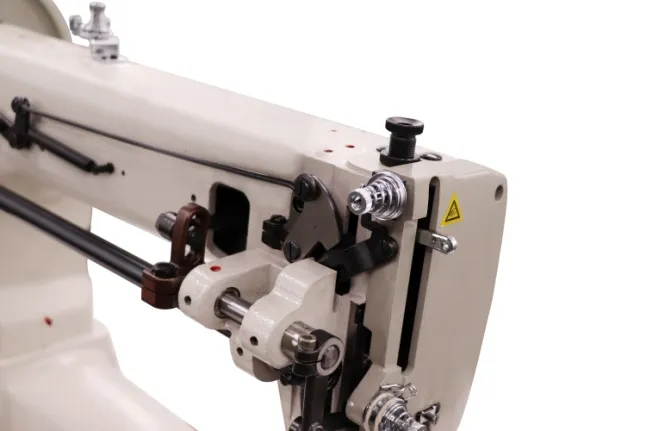Finding the Perfect Sewing Machine Suitable for Leather Crafting and Upholstery Projects
Choosing the Right Sewing Machine for Leather Crafting
In the world of crafting and DIY projects, leatherwork stands out as an art form that blends creativity, durability, and functionality. Whether you’re a seasoned artisan or a newcomer eager to explore this craft, the right tools can make all the difference. One of the most crucial tools in leather crafting is the sewing machine. However, not just any sewing machine will do; you need one specifically designed to handle leather. Here’s what to consider when selecting the best sewing machine for your leather projects.
Understanding Leather Thickness and Type
Leather comes in various thicknesses and types, from soft lambskin to thick saddle leather. The choice of your sewing machine must align with the thickness of the leather you plan to use. A standard sewing machine may struggle with thicker leather, leading to broken needles and frustrating project setbacks. Therefore, look for machines that explicitly state they can handle heavy-duty materials, ideally with presser feet designed for thicker fabrics.
The Importance of Needle and Thread
When working with leather, the choice of needle is crucial. You should opt for a leather needle, which has a sharp point designed to pierce through the material without causing damage. Regular needles may bend or break, making the sewing process challenging. Additionally, using the right thread is essential; synthetic threads or specially designed polyester threads work best for leather as they can withstand the stress and tension without fraying.
Walking Feet and Feed Dogs
A critical feature to look for in a leather sewing machine is the walking foot mechanism. This feature helps in feeding the leather layers evenly through the machine, preventing slipping and ensuring a smooth, straight stitch. Many dedicated leather sewing machines come with walking feet included, but there are also attachments available for some standard models. Furthermore, consider machines with adjustable feed dogs, as they help manage the feed rate when sewing tough materials.
sewing machine that can handle leather

Stitching Options and Functions
Leatherwork often involves different stitching techniques, including straight stitches, zigzag stitches, and decorative stitches. A sewing machine with a variety of stitch options or programmable features can add versatility to your projects. Some machines even allow you to adjust the stitch length and width, enabling you to customize your work effectively.
Motor Power and Durability
When sewing leather, the machine's motor power is another significant consideration. Heavy-duty sewing machines, often equipped with stronger motors, can sew through multiple layers of leather seamlessly. Look for machines that have a reputation for durability and robustness, as leather crafting can be demanding on equipment.
Budget Considerations
Quality leather sewing machines can range significantly in price. While it may be tempting to choose a budget model, investing in a dependable, higher-quality machine can save you time and frustration in the long run. Research reputable brands known for their longevity in leather crafting and read reviews from other crafters. Remember, a well-chosen machine will be a long-term investment in your crafting journey.
Conclusion
Embarking on leather crafting is an exciting journey that opens up a realm of possibilities for creativity. A sewing machine that can handle leather effectively is an essential investment that can elevate the quality of your work. By understanding the specific features to look for—such as needle types, motor power, and walking feet—crafters can choose a machine tailored to their needs. Ultimately, the right sewing machine not only makes the sewing process smoother but also brings your leather projects to life with precision and style.
-
Boost Production Efficiency with a Pattern Sewing MachineNewsAug.29,2025
-
Industrial Excellence with the Best Heavy Duty Sewing MachineNewsAug.29,2025
-
Precision and Power with the Best Pattern Sewing MachineNewsAug.29,2025
-
Reliable Bulk Packaging Starts With the Right FIBC Sewing MachineNewsAug.29,2025
-
Advanced Packaging Solutions: Elevate Productivity with Jumbo Bag Sewing Machine and Industrial Stitching EquipmentNewsAug.29,2025
-
High-Performance Solutions for Bulk Packaging: FIBC Sewing Machine and MoreNewsAug.29,2025
-
Maximize Efficiency with an Industrial Cylinder Arm Sewing MachineNewsAug.28,2025


























